
Corsair is one of the brands with the largest selection of PC components. This Californian company offers everything from RAM and water cooling components to fans, cases and peripherals. The Corsair 6500D Airflow test is about a PC case with a dual-chamber design. What special features it has, how it differs from the other 6500 models and what strengths and weaknesses it has will be analyzed here.
Specifications
| Size (H x L x W) | 49.6 x 48.1 x 32.8 cm |
| Weight | 16.9 kg |
| Maximum graphics card length | 400 mm |
| Maximum CPU cooler height | 190 mm |
| Maximum power supply length | 225 mm |
| Compatible mainboards | Mini ITX, mATX, ATX, eATX, MSI Project Zero, ASUS BTF |
| Fan positions | up to 13 (bottom: 3x 120 / 140 mm // top: 3x 120 / 140 mm // front: 3x 120 / 140 mm // side: 3x 120 mm // rear: 1x 120 / 140 mm) |
| Radiator sizes | 4x up to 360 mm, 1x up to 140 mm |
| Warranty period | 2 years |
| Price | € 177.97 * (white) € 177.97 * (black) |

Packaging and scope of delivery
- Large and heavy cardboard box
- Good padding
- Durable sorting box for the accessories
Holla, holla. The package is big and heavy. So big and heavy that there are even warnings on the box of the Corsair 6500D Airflow and it is recommended that the box be moved by two people. At least the brown box has handles on both sides that provide a secure grip when carrying it. Given the dimensions, I wish people who want to pick up the box to be able to transport the case or the PC on occasion had plenty of space.
What you don’t see when you open the box is a manual. Instead of being in paper format in the box, QR codes on the packaging direct you to the online version of the instructions. It would be nice if there was also a link to type it in. I would rather have the instructions on my laptop than on my cell phone.
But to the contents: Unsurprisingly, the Corsair 6500D Airflow is held in place by two well-dimensioned foam shells and is also protected by a plastic bag. Apart from that, the glass panel is protected by a film on the inside and outside and there is also a protective film on the Corsair logo on the front.
The other accessories can be found in the 3.5″ hard disk cage and are actually in a solid sorting box. This is stylish and ensures that you can keep the screws in a good order. And it even fits the expansion slot covers that are removed to fit graphics cards. This box contains the regular screws for mainboard, drive and power supply mounting as well as the usual cable ties and a spacer for the mainboard.
Also included are fan screws, the heads of which are painted in the color of the case and speed up the installation of fans, as you only need one turn.
Design
- Isolated yellow accents
- Very clean design with large mesh surfaces
- Clear tempered glass side panel
As you could already tell from the weight and box size: it’s big. It is not much lower than regular tower cases, but the two-chamber design makes it significantly wider. This is particularly important when it comes to placing it on a desk. Apart from that, the look is very cool. The mesh strip on the front continues on the top and is also taken up again by the right-hand case cover, while two frames – white in our Corsair 6500D Airflow test – completely surround the case. These are continued in the feet of the case, which gives the whole thing a very clean look.
In short: I like the design. The yellow accents are a little unusual, but Corsair already uses them on some other cases. Corsair’s brand color can therefore be found in the USB ports and on the knurled screws, for example. Personally, I don’t think that white and yellow are a particularly good combination, but as long as they are only accents, it doesn’t stand out too much and is purely a matter of taste. Overall, I like the more individual look of the mesh version.
Comparison with the rest of the model range
- The other models also offer a good airflow
- The 6500X offers 10 fan slots, the Airflow variant up to 13 fan slots
- Only the RGB version comes with three fans – keep the cost of additional fans in mind
In the Corsair 6500D Airflow review, we discuss the case with a large amount of mesh. However, Corsair also has two other models in its range. One is the Corsair 6500X, which is almost identical in price but has a glass panel instead of the mesh front and therefore has three fewer fan slots. And the Corsair 6500X RGB, which costs just under €100 more and is equipped with three Corsair Link RGB fans including an iCue Link controller.
The Airflow version doesn’t have that much more airflow than the other two models, as it has almost as many mesh surfaces and only the three front fans are omitted. However, the air intake through the side is an almost equivalent replacement. And as strange as it may sound, having less space for fans can certainly be an advantage. Because even if the three front fans of the Airflow version are omitted, the other case versions still have space for 10 fans, which are already expensive to fill. The Corsair 6500D Airflow has up to 13 fan slots to fill.
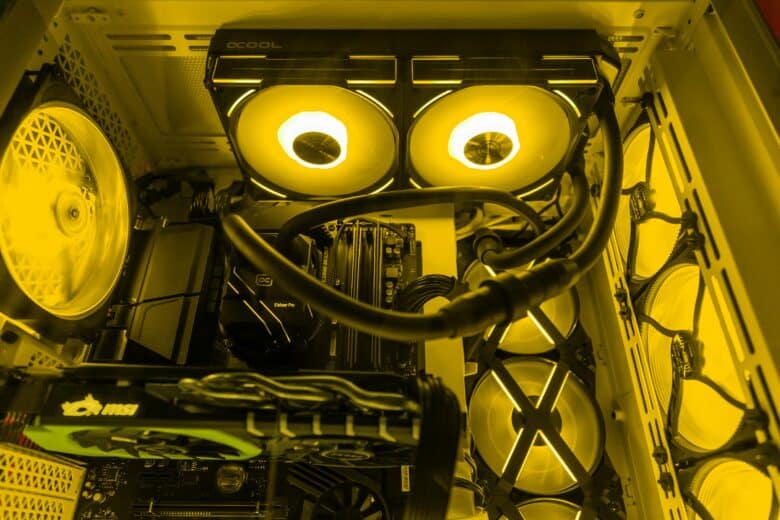
Processing
- Overall, a high-quality finish with good material thickness
- Curved mesh panels ensure a large contact pressure when mounting
- Side rail for fan mounting appears somewhat loose
The workmanship of the Corsair 6500D Airflow looks high quality due to the high weight alone and the gap dimensions and general material thickness also make a good impression. In addition, the clear glass panel has a decent thickness. It also latches securely when closed thanks to a clamping mechanism at the front on the underside.
When you open the case, you are a little surprised because the mesh panels are curved. At first glance, this seems strange, but when fully assembled, nothing was noticeable. And this is probably where the trick lies, because the bend is designed to press the center particularly tightly against the housing.
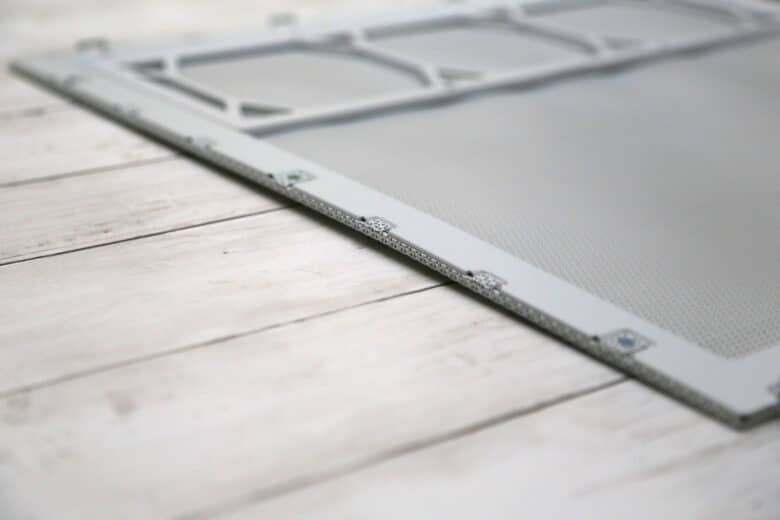
This creates the tension that ensures the panels fit properly. It can therefore be assumed that this is intentional. The mesh panels themselves are quite flexible, but take up a lot of strength when mounted.
What is a little less satisfactory is the bracket for mounting the fan on the side. It’s nice to be able to remove it with a screw at the top, but the lower bracket doesn’t seem very precise and therefore the bracket doesn’t make a really robust impression in contrast to the other parts of the Corsair 6500D Airflow.
Overall, the build quality makes a good impression.
Airflow
- Narrow mesh grille would be sufficient to trap dust
- Dust grille attached inside, which seems superfluous
- Many places for fans ensure air supply from all directions
In the Corsair 6500D Airflow, it’s in the name: This PC case is designed for airflow and there is a corresponding amount of mesh on all sides. However, one thing surprises me: the mesh itself is so tightly meshed that it could function as a dust filter and could be cleaned by wiping. Nevertheless, Corsair has decided to add a fine dust protection grid on the inside.

This is soft and thin, but it hinders the airflow in addition to the mesh grille and is also not really easy to remove and replace if you want to clean it over time. To be honest, I think that’s pretty superfluous.

Apart from that, the mesh is not particularly airy due to its tight weave. Don’t get the wrong idea: It lets air through quite well, but it’s not as open as on other cases, such as the Corsair 5000D Airflow. However, the Corsair 6500D Airflow can compensate for this with a large number of fans. Since you can install up to 13 fans, you can still achieve a really massive air exchange in the case.

The price for the Airflow
- However, many fans are expensive to buy
- You should plan this out before purchasing
One sticking point is the price. The Corsair 6500D Airflow comes from the factory without fans. And if you choose such a high-priced case, you’re unlikely to choose the entry-level fans. However, if you buy fans for around €30 each, you will end up with almost €400 in addition to the case when fully equipped! And if you want to use fewer fans, you can also use “normal”, cheaper cases. Unless you are dependent on the support of mainboards with rear connections.
Ergo, you shouldn’t just buy the Corsair 6500D Airflow without having thought about how you want to proceed in this regard. Do you already have fans that you want to install? Do you buy new fans – and if so, do you buy them all at once or do you upgrade gradually? And which fans should they be? Unlit or RGB version?
Installing the drives
- Good space without tight spots
- 2.5″ drives must be screwed in place
Compared to some of the other cases tested, this case is fun to work with. In the Corsair 6500D Airflow test, mounting the drives proved to be quite simple. Even though tool-free installation is not possible for 2.5″ drives such as SSDs or hard disks. Sure – the 2.5″ metal carriers feel high quality. But to speed up installation, plastic carriers that can be bent open would be easier. These are available for the 3.5″ hard disks. Plastic lugs hold the hard disks in place at the screw holes. I would have liked to have seen similar mechanisms for the 2.5″ drives.
And if you want to use the large hard disk carriers for 2.5″ drives, you have to resort to screws here too, which is also not unexpected. Overall, the accessibility of all parts is good and it is no great effort to install drives. If you want to use M.2 drives completely, you can remove the entire hard disk cage to have even more space in the rear housing chamber.
Installation of further components
- Plenty of finger room for relaxed installation
- Simple front panel cabling thanks to a combined connector
- The special fan screws speed up installation
In the Corsair 6500D Airflow test, the installation of the power supply was also very convenient. You don’t have to push it into a tight power supply cover, but simply hold it in position to screw it on. Adding cables at a later date is also very easy. However, you should use regular power supplies and not the Corsair Shift power supplies with the side connections, which could collide with the hard disk cage.
The front panel connection is also very cool. A connector where everything is in the right position for all modern mainboards. It can be that simple. For connections outside of the (admittedly unofficial) standard, an adapter to the usual split connectors is included.
Other cabling is also easy, as it never gets too tight – you can reach everywhere with your fingers – especially if no fans are installed. And fans are also quickly installed with the supplied fan screws. Only one turn is required per screw – even many fans can be attached in no time at all. However, even if many fan screws are supplied, these are not sufficient for a full installation if all fans are secured with four screws.
Air coolers can be installed almost endlessly – there are no limits imposed by the housing. Even the huge Noctua NH-P1 has plenty of air in all directions. There is also plenty of space for radiators, but these should not exceed 360 mm each. Although you can install three 140 mm fans next to each other in different places, there is nowhere enough space for a 420 mm radiator. In the Corsair 6500D Airflow test, I installed an Alphacool Eisbaer Pro with two radiators: one 360 mm and one 280 mm. Absolutely no problem; more would be possible.
Project Zero and Back To Future
- One of the few cases that support the new motherboard standards
- There are problems with the hard disk cage when using corresponding mainboards
- M.2 SSDs and daisy chain fans should be used for a particularly clean appearance
MSI and ASUS both offer motherboards with connections on the rear. And this relatively new concept comes with the disadvantage that there are hardly any cases for it. However, the Corsair 6500D Airflow and its sister models are designed to support these motherboards. A new, particularly clean look? No problem.
However, this is where it gets a bit more tiring. It’s good that there are more cases that support the new concept. But on the back, the connections for the CPU power supply would collide with the hard disk cage. Due to the lack of a suitable mainboard, I cannot carry out a practical test here, but at least one 3.5″ hard disk will have to lose its place if you rely on this concept. However, it will be even better to completely do without cables here too and instead opt for a pure M.2 SSD setup, which fits better into the “no visible cables” concept anyway.
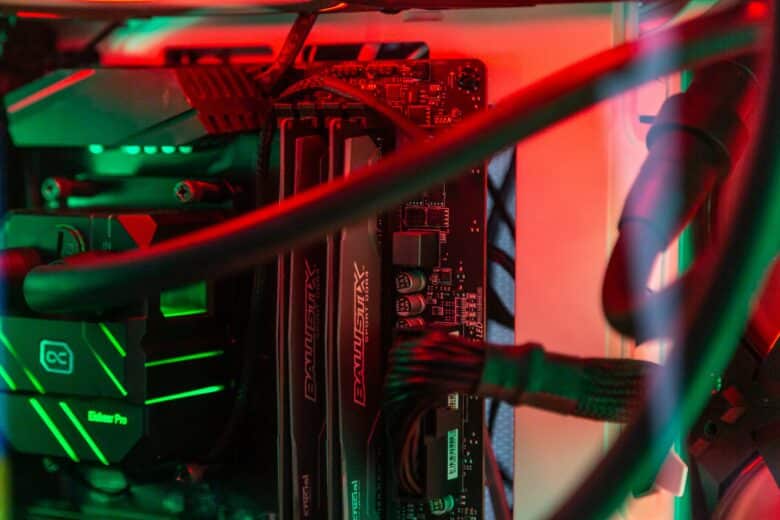
Things get even better with daisy-chain fans such as the new Corsair Link models, the Lian Li Uni Fan, the Thermaltake Swafan (which also ensure that fans mounted at the bottom or side are always visible from the front) or the Seasonic MagFlow. With these fans, you can also supply many fans in the entire system with just a few cables.
And RGB…?
- Large, clear side window for a good view of the components
- Light also shines through the mesh grille
- Space on all sides for RGB components
Clearly – with the large open view through the side window and the generous, translucent mesh surfaces, the Corsair 6500D Airflow is virtually predestined for the use of RGB components.
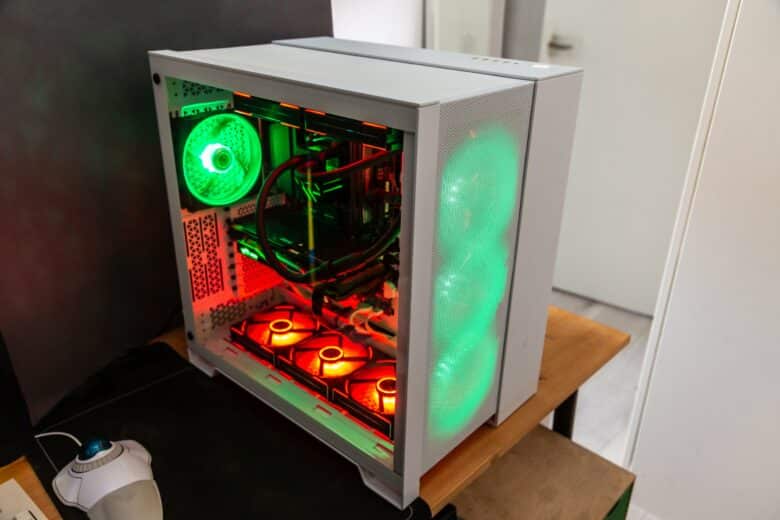
In contrast to the Corsair 6500X RGB, however, this case comes without any RGB fans or RGB controllers and also has no illuminated accents. In principle, it is therefore possible to build the case completely unlit. If you want to illuminate it, you have to take care of the lighting yourself.
Conclusion
Overall, I have to say that it was a lot of fun working with this case in the Corsair 6500D Airflow test. It is pleasant to handle, looks good, offers many options and space for virtually all components that come your way – as long as you don’t want to install too many SATA drives. At the time of testing, it is also one of the few cases that are suitable for mainboards with hidden connections.
Sure – there are a few points of criticism. The side rail for the fan holder seems a little wobbly, the additional dust protection on the inside of the mesh covers seems superfluous to me and the hard disk cage is only compatible with motherboards with rear connections to a very limited extent. In addition, the case is relatively expensive and you also have to factor in the purchase of your own fans.
In my opinion, however, the positive aspects clearly outweigh the negative ones. The Corsair 6500D Airflow is easy to set up and once it’s running, it looks really impressive. It’s not recommended for those on a tight budget, but overall – and especially if you want to use your own fans anyway – it’s a solid case.
Corsair 6500D Airflow
Workmanship
Structure
Feastures
Dampening
Cooling
Value for money
84/100
The Corsair 6500D Airflow is relatively expensive, but working with this case is very pleasant and you have plenty of space for almost every conceivable component.



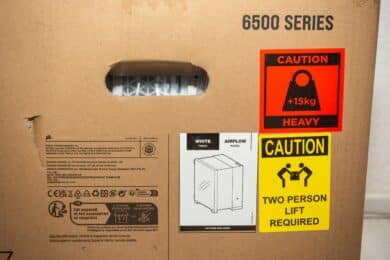

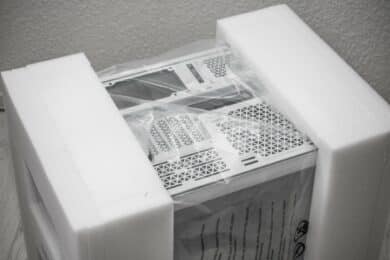



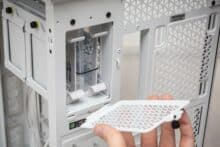

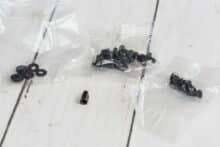

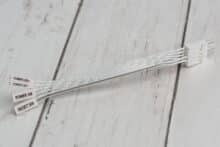

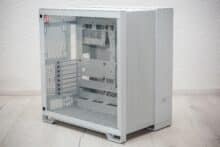
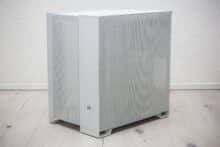

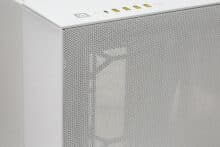

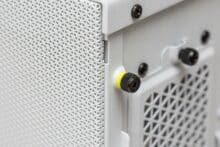

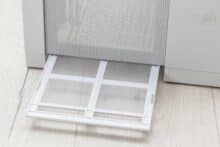

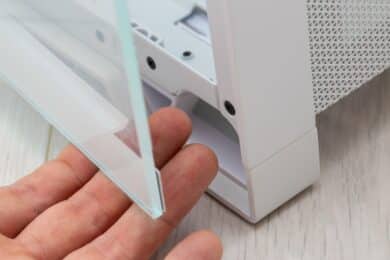
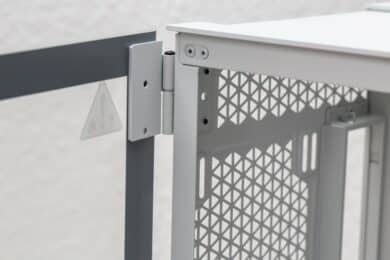

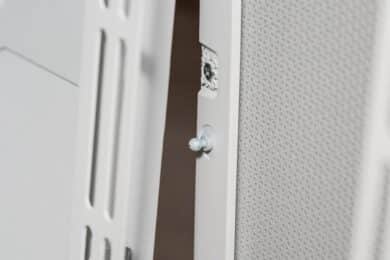
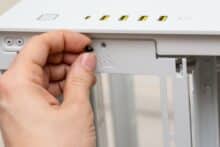
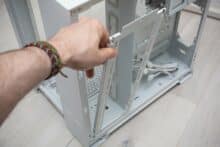

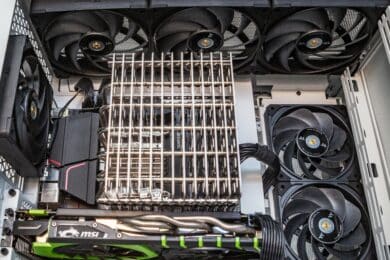
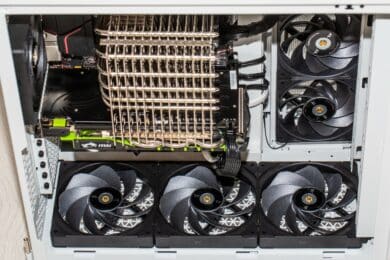
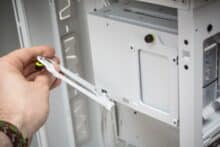


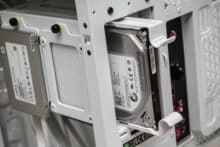
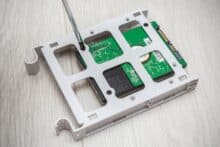
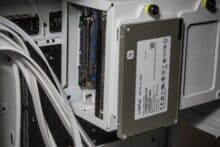
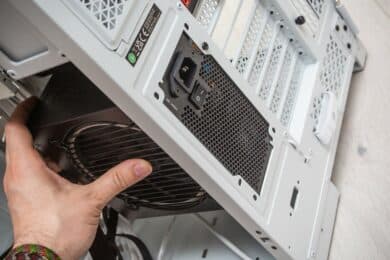


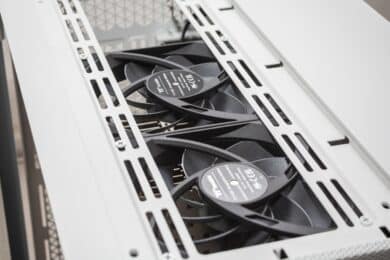
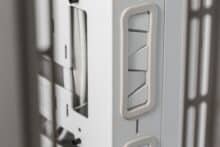
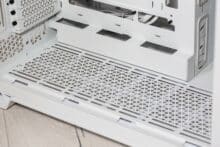
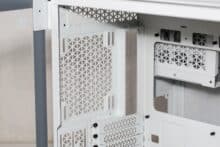

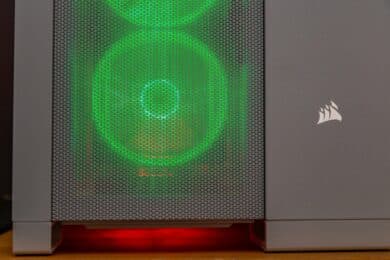



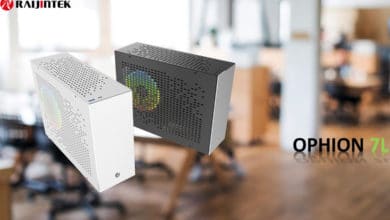
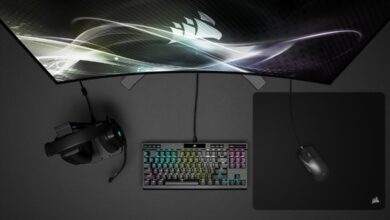
No replies yet
Neue Antworten laden...
Gehört zum Inventar
Beteilige dich an der Diskussion in der Basic Tutorials Community →